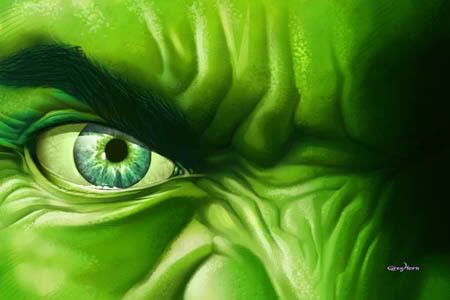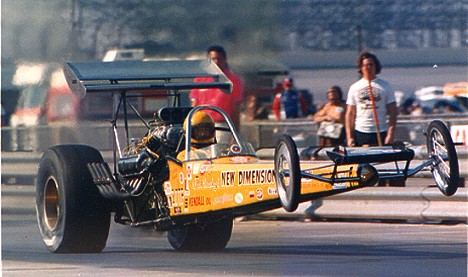The robotics semester has come to an end and this will be my last entry. In the robotics unit we covered the main areas of robot construction, NXT programming and NXT sensor usage.
When it comes to robot construction we have learned the basic and finer points to creating a well constructed and fine tuned robot. We have learned how to properly support different kinds of structures with various types of supports, for example using cross beams to properly support a rectangular or cubular shape. In addition to this we learned how to properly add on and support other parts of our robots such as the gear attachments and the wheels. The wheels should favorably, not be directly attached to the motor, however on an axle that is connected through the use of gears; also that gears, axles and wheels should all be as close to the core of a robot as possible as it reduces the amounts of friction and pressure upon them. Finally we also learned how to properly balance the loads on our robots so that the robot has a center of gravity that is as low and stable as possible.
During the robotics course we learned how to use the NXT programming software to allow us to control what we wanted our robots to do. The NXT programming software consisted of two main palettes that allowed us to control most all of the robot's actions. On the robotics palletes where blocks programmed to make the robot perform actions such as moving, sensor blocks such as the sound sensor block and math/logic blocks which allowed the robot to compare data it had collected to make a decision based upon it. The NXT programming software would then be downloaded onto the NXT brick and the program could then be run.
Upon conclusion of the course we researched, studied the capabilities of and used almost all, if not all of the NXT sensors included in the kit. The sensors we focused on included: the rotation sensor, sound sensor, ultrasonic sensor, light sensor and touch sensor. The rotation sensor was built into the motor's and allowed us to calculate the distance the robot would travel based upon the wheel size and distance/rotation the robot travelled. With the sound sensor (measuring soud levels), we created thresholds of sound that allowed us to program our robots to perform actions upon that threshold being reached, however prevent it from acting prematurely upon sounds that were too quiet/loud. The ultrasonic sensor worked by calculating distance of objects based upon sending and recieving sound waves. We used the ultrasonic sensor to help us navigate an obstacle course. The light sensor emitted a red light and measured the amount of reflected light it recieved. We used the light sensor to allow our robots to track lines and stop at certain points. Finally, the touch sensor was triggered based upon if the sensor was pushed, tapped, or released, at which point the robot would perform a certain action. We used the touch sensor to stop our robots whenever it hit an object so that the motors would not keep moving and possibly damage the robot.
Throughout the course we were constantly working with calculating different algebraic formulas in order to measure and predict distance, speed and gear ratios. During our investigations of each sensor we also compared different hypotheses in order to prove which was most right/correct. Throughout the course we also had to constantly work with different partners so collaboration was a must in order to achieve our tasks. Thus effective collaboration and communication were important concepts throughout the course.
Independent Investigation
-
Choose an Independent Investigation Activity from the Vol 2 CD:
Automated Mining
Patrol Robot
Tree Measurer
1. Print the associated lab workshee...
16 years ago



